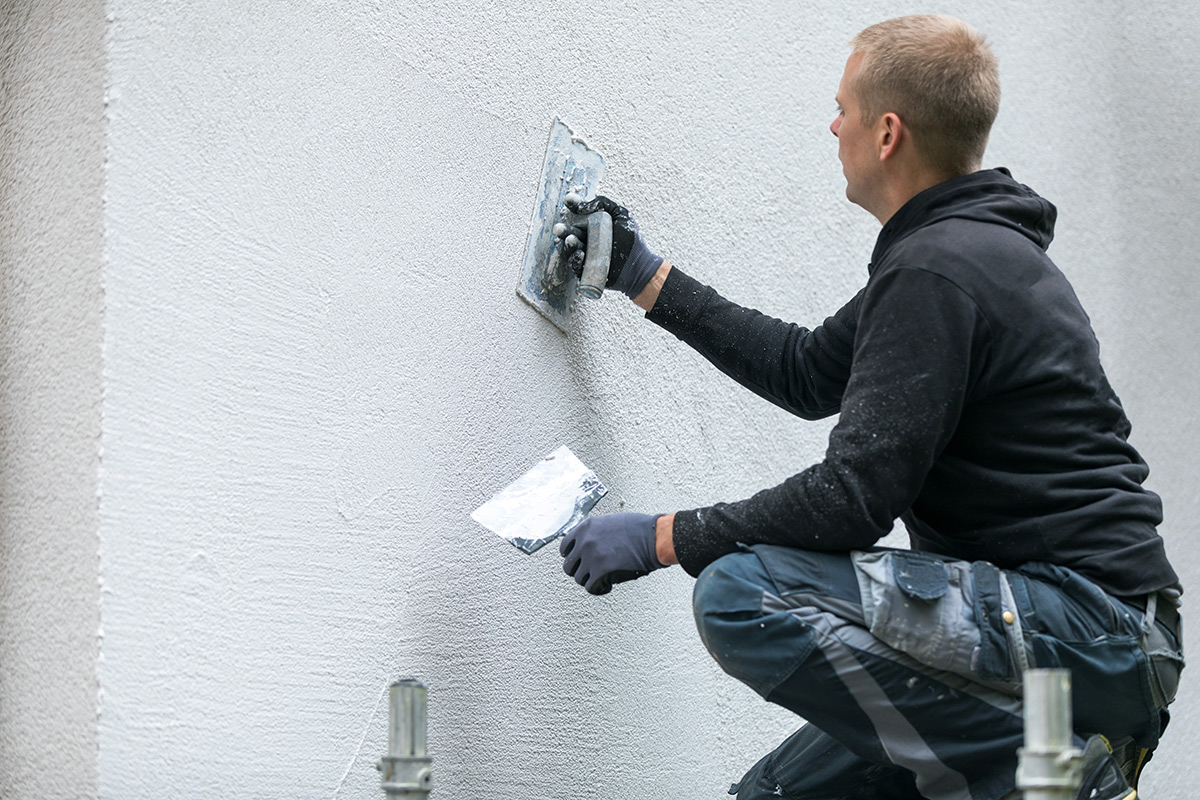Polystyrene insulation is a widely used material in the construction industry due to its excellent thermal insulation properties. However, concerns have been raised regarding its flammability. In this blog post, we will delve into the topic of polystyrene insulation flammability, debunk common myths, and provide practical insights to ensure safety.
- Understanding Polystyrene Insulation:
Polystyrene insulation is a type of rigid foam insulation made from expanded or extruded polystyrene. It is commonly used in walls, roofs, and foundations to enhance energy efficiency and reduce heat transfer. Its lightweight nature and high insulating value make it a popular choice in construction projects. - Flammability Characteristics:
Contrary to popular belief, polystyrene insulation is not highly flammable. It is classified as a combustible material, but its ignition and flame spread properties are well-regulated and controlled. Polystyrene insulation is manufactured with flame retardants that significantly reduce its flammability and ensure safety during a fire event. - Flame Retardant Properties:
The flame retardants used in polystyrene insulation act as a barrier, inhibiting the spread of flames and reducing the release of toxic gases. These additives are carefully selected and tested to meet stringent safety standards. They work by interrupting the combustion process, preventing the material from sustaining a fire and limiting its contribution to the overall fire hazard. - Compliance with Building Codes and Standards:
Polystyrene insulation products undergo rigorous testing to comply with building codes and standards. Regulatory bodies, such as the International Code Council (ICC) and Underwriters Laboratories (UL), set specific requirements for the flammability performance of insulation materials. Polystyrene insulation manufacturers ensure their products meet these standards, providing peace of mind to builders, architects, and homeowners. - Installation Best Practices:
While polystyrene insulation itself has good fire-resistant properties, proper installation is crucial to maintain its effectiveness and safety. It is essential to follow manufacturer guidelines and local building codes when installing polystyrene insulation. This includes using approved adhesives, sealants, and protective coverings to enhance fire resistance and prevent the spread of flames. - Fire Safety Measures:
In any construction project, fire safety measures should be implemented to mitigate risks. This includes incorporating fire-rated materials in critical areas, installing smoke detectors and fire alarms, and ensuring proper ventilation. By adopting these measures, the overall fire safety of a building can be enhanced, reducing the potential impact of any fire incident.
Conclusion:
Polystyrene insulation, when used and installed correctly, is a safe and effective choice for thermal insulation in buildings. Its flammability is well-regulated through the use of flame retardants and compliance with building codes and standards. By following proper installation practices and implementing fire safety measures, the potential risks associated with polystyrene insulation can be minimized. It is crucial to rely on accurate information and dispel misconceptions surrounding the flammability of polystyrene insulation.

